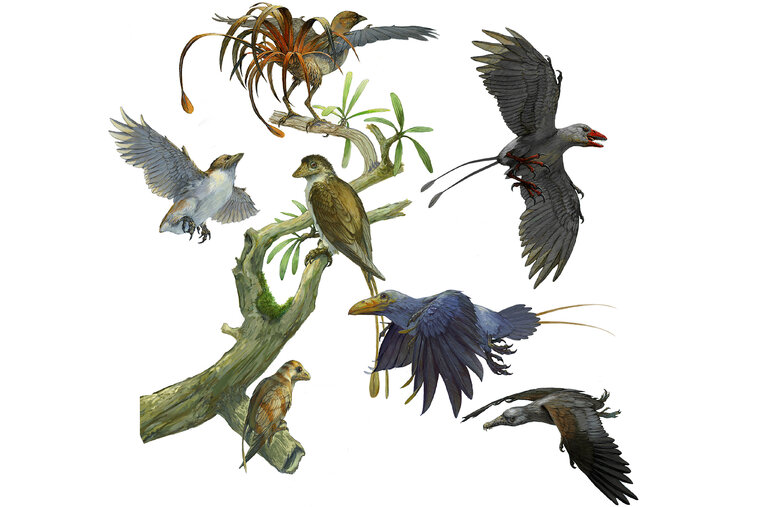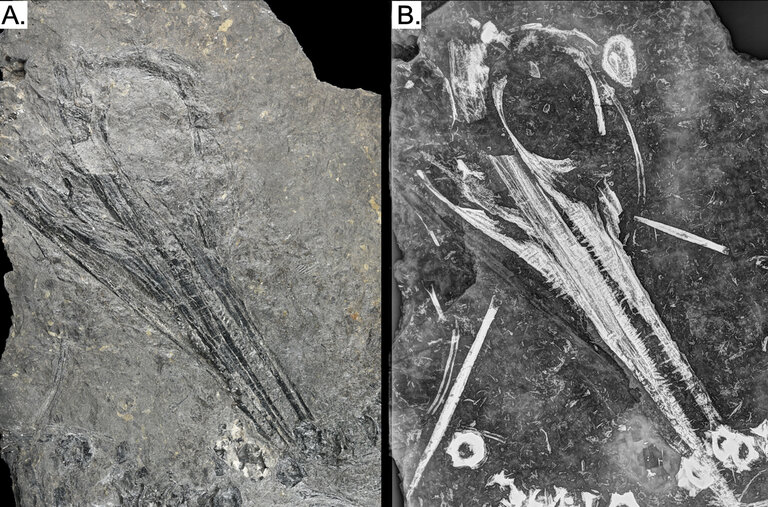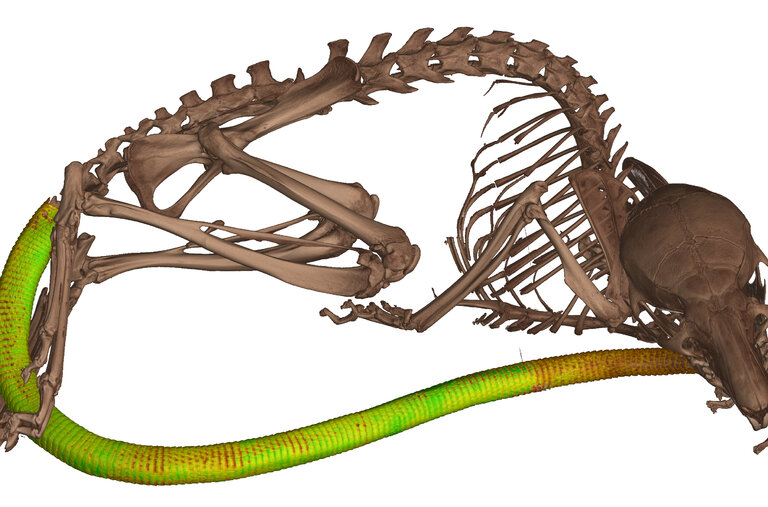
How Did Birds First Take Off?
It took 150 million years for feathered dinosaurs to master flight and become the birds we see overhead today.
By
Supported by

It took 150 million years for feathered dinosaurs to master flight and become the birds we see overhead today.
By

Earlier this spring, tiling aficionados thought maybe they’d found the shape of their dreams. Now they’re certain.
By

The Starliner capsule was poised to fly people to orbit in July for the first time. But reviews found problems with its parachutes and its wiring.
By

Scientists were able to unlock the identity of an ichthyosaur that had been reduced to a two-dimension jumble of bones.
By

Alli Smith, of the Cornell Lab of Ornithology, offers beginner tips for exploring the wide world of birds.
By

Scenes of the cosmos released this month by astronomers, spacecraft and photographers.
By

A task force has not found any evidence that unidentified anomalous phenomena represent signs of extraterrestrial visits.
By

Teaching fewer words to large language models might help them sound more human.
By

After a successful mission to Mars, the Emirati space agency is planning a tour of the debris field between Mars and Jupiter, with a focus on one of its most intriguing objects.
By
Advertisement

In a study that has yet to be peer-reviewed, scientists documented behavior in a captive cephalopod that they say looks very similar to a bad dream.
By

Experiments offer an intriguing hint at technology that could induce torpor in humans in the future.
By

Researchers just discovered that the spiny mouse was concealing bony plates beneath the skin over its tail.
By

Using CT scanning on 16th-century books, researchers uncovered bits of parchment salvaged from handwritten manuscripts.
By

As an extinction crisis wiped out species at the end of the Permian Period, a predatory species emerged that dominated Southern Africa’s domain.
By

A nest was assaulted. Was it the cowbird or the sparrow?
By

The $1.19 billion agreement, announced by Chemours, DuPont and Corteva, wouldn’t resolve all the claims against them.
By Ben Casselman, Ivan Penn and

The Interior Department will withdraw public lands around Chaco Canyon from new oil and gas leasing for 20 years.
By

In what could be a glimpse of the future as climate change batters the West, officials ruled there’s not enough groundwater for projects already approved.
By Christopher Flavelle and

Bitcoin mines cash in on electricity — by devouring it, selling it, even turning it off — and they cause immense pollution. In many cases, the public pays a price.
By Gabriel J.X. Dance, Tim Wallace and
Advertisement
Advertisement
Advertisement